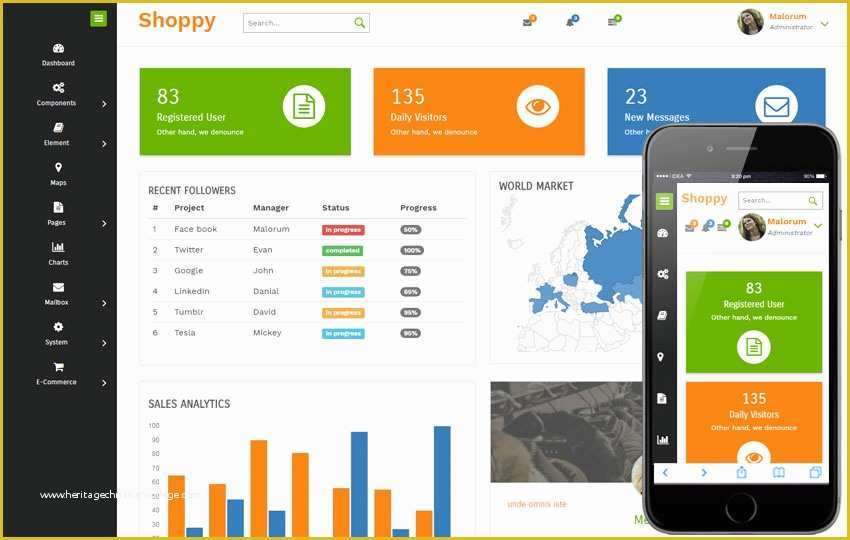
- #Jquery mobile responsive layout full#
- #Jquery mobile responsive layout android#
- #Jquery mobile responsive layout code#

However, we felt that the process would be very time-consuming and it would be difficult to get things like proper authentication done correctly.Īt the end, we chose to generate a set of alternative views based on the device’s user agent. Similarly, we liked the idea of using a set of APIs. Given that our site has already been running for a year, we felt that it would introduce too much unnecessary change and force us to validate changes on both mobile and desktop versions of our site across different browsers and devices. While we loved the idea of responsive design, we felt that it would involve substantial changes to our existing website.
#Jquery mobile responsive layout code#
This would allow us to outsource the design of the mobile views to design agencies and external companies with more experience, as well as facilitate the creation of iPhone and mobile apps using the same code base. Expose our existing functionality as a set of APIs and built views around the exposed services.This would involve creating a set of views for mobile and one for the desktop version of our site. Build a set of alternative views using the same grails controllers.( See some examples here, and read this book for more details ). This would involve having only one set of views and having our design adjust based on the user’s device width. Use principles of responsive design to change our existing site into one that would adapt to the user’s device.

#Jquery mobile responsive layout android#
The screenshots above demonstrate how Secret Escapes looks like when viewed from an iPhone or Android phone. In this post, I will discuss some of the tools, challenges and design decisions that arose from making our existing Grails application more iPhone friendly. In less than a month, we were able to implement and put live a set of views that simplified the user experience for our mobile users. If you want your pages to be future proof, then please consider to use layout grids or standard pages with breakpoints instead.Last month, we launched mobile views for Secret Escapes, our little application written in Grails.įor this project, we chose to implement a set of mobile views on top of our existing Grails application using jQuery Mobile.


Unfortunately it has not been updated since 2014, so it is becoming obsolete. JQuery Mobile is a third party script library. You can create and modify themes with the Mobile Theme Manager, available in the Tools menu. Unlike in a standard page, all jQuery mobile objects are styled by themes and swatches. By default all objects are placed next to each other (they are floating in the document), but there is also a layout grid available to arrange objects in rows and columns.Īnother difference is the styling of objects. But it's also possible to set 'full width' to false in which case the objects will be 'inline', so they have a fixed width.
#Jquery mobile responsive layout full#
In most cases this means that the object will use the full width of the page. Unlike in standard WYSIWYG Web Builder layouts where you can drag & drop objects anywhere and where objects have a fixed size and position, mobile objects need to adjust to the width of the screen. To make a web page responsive it needs to be constructed in a different way.


 0 kommentar(er)
0 kommentar(er)
